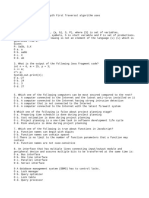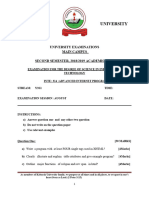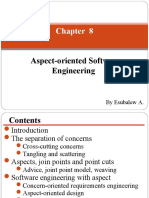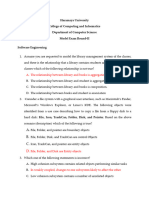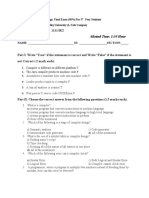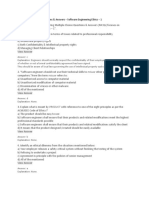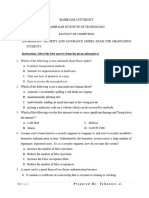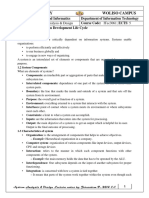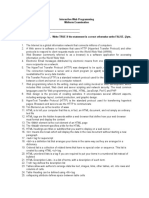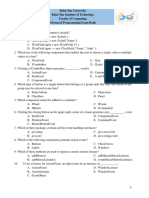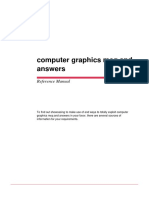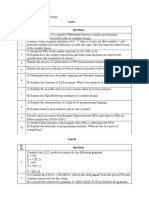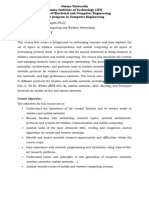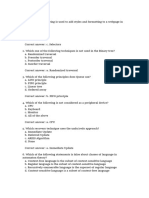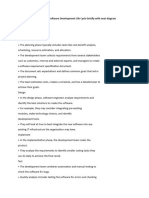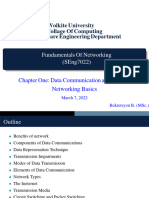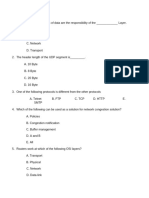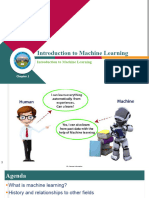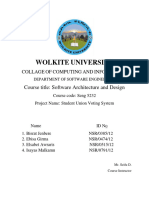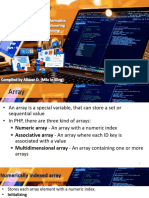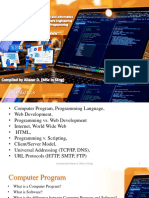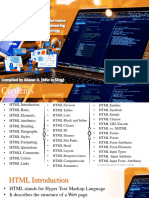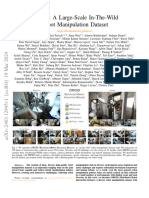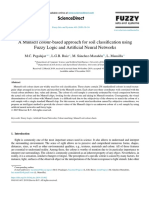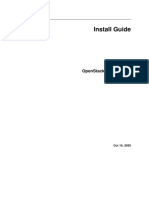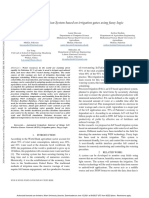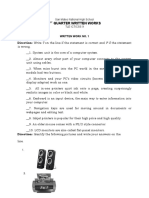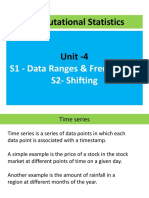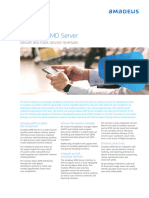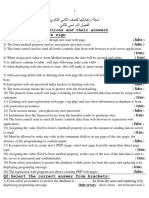0% found this document useful (0 votes)
669 views37 pagesSoftware Engineering Tools and Practices
The document discusses software engineering processes and practices, describing phases and steps in a software process to develop quality software. It outlines six key software engineering practices: developing iteratively, managing requirements, using component architectures, modeling visually with UML, continuously verifying quality, and managing change. The document provides details on each of these practices and how they are implemented in software development.
Uploaded by
Nasis DerejeCopyright
© © All Rights Reserved
We take content rights seriously. If you suspect this is your content, claim it here.
Available Formats
Download as PDF, TXT or read online on Scribd
0% found this document useful (0 votes)
669 views37 pagesSoftware Engineering Tools and Practices
The document discusses software engineering processes and practices, describing phases and steps in a software process to develop quality software. It outlines six key software engineering practices: developing iteratively, managing requirements, using component architectures, modeling visually with UML, continuously verifying quality, and managing change. The document provides details on each of these practices and how they are implemented in software development.
Uploaded by
Nasis DerejeCopyright
© © All Rights Reserved
We take content rights seriously. If you suspect this is your content, claim it here.
Available Formats
Download as PDF, TXT or read online on Scribd
/ 37


